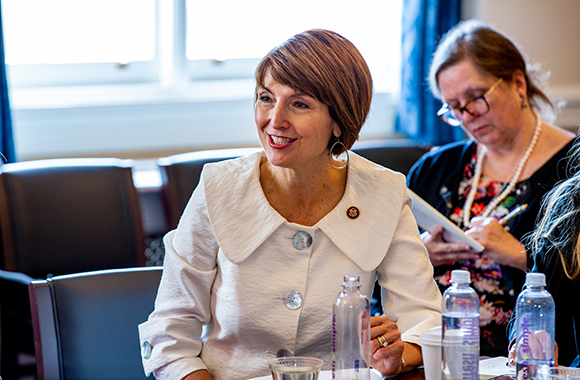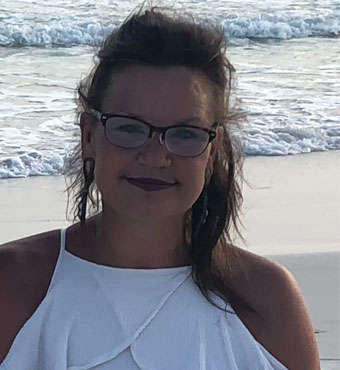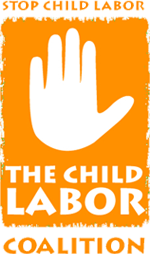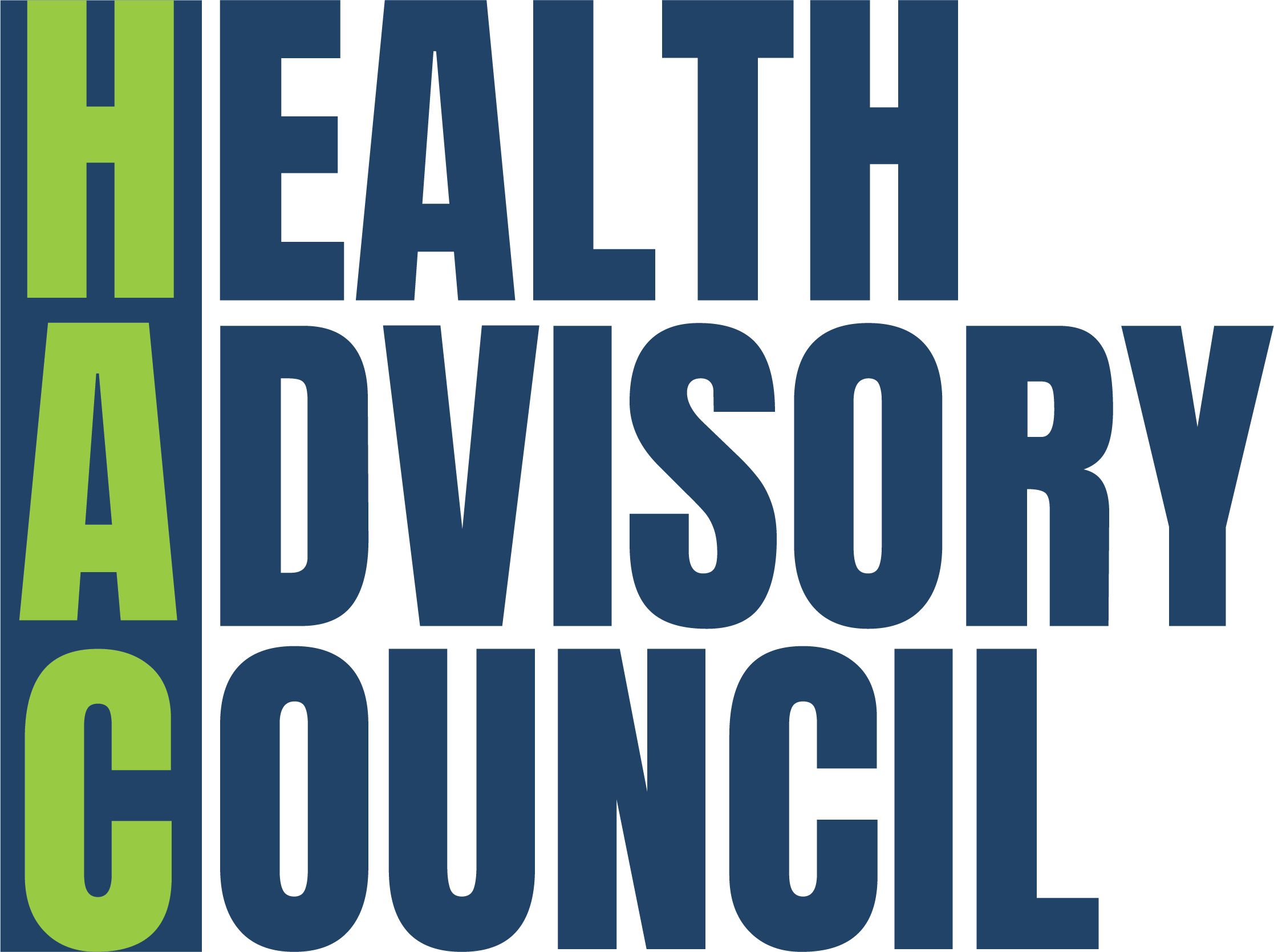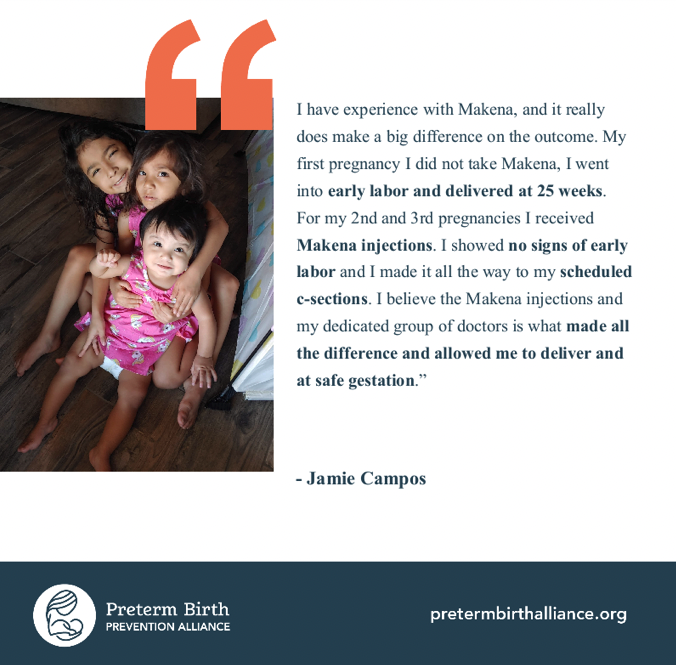Talk before you take: The importance of doctor-patient communication before starting a new medication – National Consumers League
 We’ve all been there. Sitting alone in a cold doctor’s office, listening to a re-run of the Dr. Oz show while waiting for your doctor to come back in the room with a diagnosis and prescription in hand. You can’t wait to leave and get back on the path to wellness. And who could blame you? No one likes to wait—especially when you don’t feel healthy. The doctor comes back, hands you your prescription, and gives you a brief overview about what the medication is and the appropriate dosage. But, what happens next is critical. Do you hop off that cold, uncomfortable patient bed and go on your merry way, or do you ask questions? Specifically, questions pertaining to the risks associated with this prescription medication.
We’ve all been there. Sitting alone in a cold doctor’s office, listening to a re-run of the Dr. Oz show while waiting for your doctor to come back in the room with a diagnosis and prescription in hand. You can’t wait to leave and get back on the path to wellness. And who could blame you? No one likes to wait—especially when you don’t feel healthy. The doctor comes back, hands you your prescription, and gives you a brief overview about what the medication is and the appropriate dosage. But, what happens next is critical. Do you hop off that cold, uncomfortable patient bed and go on your merry way, or do you ask questions? Specifically, questions pertaining to the risks associated with this prescription medication.
While in recent years, the communication gap between healthcare providers and patients has been met with a fair share of commentary, critique, scholarly review and analysis, we are slowly making progress, thanks in part to numerous campaigns and educational initiatives. Recently, the National Council on Patient Information and Education (NCPIE), a non-profit organization, launched a campaign to help bridge the communication gap with Talk Before You Take.
Launched earlier this year, Talk Before You Take highlights the importance of communicating with your healthcare provider about the benefits and risks of prescribed medications before a prescription is written and filled. The specific aims of the Talk Before You Take are to:
- Understand medication side effects
- Avoid adverse drug reactions
- Improve adherence to medicine regimen(s)
- Live healthier lives
Here are four tips to help guide your conversation with your healthcare provider about prescription medicines:
- 1. Talk to your healthcare provider and ask questions about the benefits and potential risks of prescription medicines you take.
- 2. Tell your healthcare provider about all of the medicines you are taking—including over-the-counter medicines, vitamins, and dietary supplements.
- 3. Tell your healthcare provider about any allergies or sensitivities that you may have.
- 4. Read and follow the medicine label and directions.
And remember, even if you get home and realize that you still have questions about your prescription medications; it’s not too late. Don’t hesitate to pick up the phone and call your healthcare provider. Because when it comes to your health, there are no silly questions.


